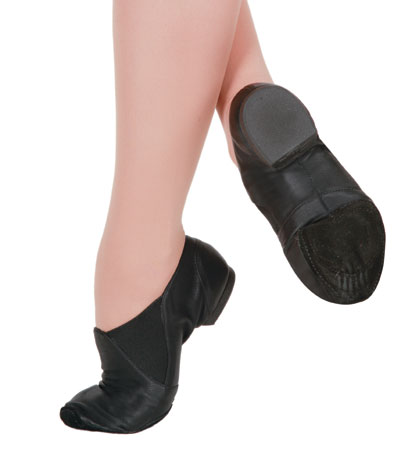|

The term "jazz dance" has been used to describe a forever-changing form
of popular and creative dance movement ever since the 1920s. It represents our popular culture, and as the culture changes,
so does the appearance of jazz dance. Jazz dance has character and the ability to make changes as a main fragment. It is this
element that allows itself to shed its skin and take up another for every passing era. This means that the social dances of
the 1920s like the Charleston and Back Bottom are known as jazz dances, but so are the theatre dances of choreographer Bob
Fosse. The style of Fred Astaire comes from jazz dancing, as well as many dances by the modern dance choreographer Alvin Ailey.
The shortened sounds of tap dancing can be considered as jazz dancing, but so can the body popping movements of breakdancing.
The common subject binding these obviously different things together is rhythm, or to be more exact, rhythm that is composed
in African influences.
|
